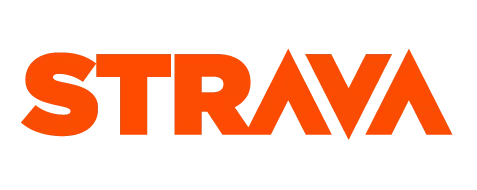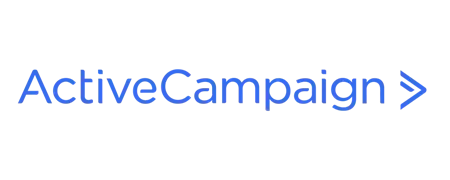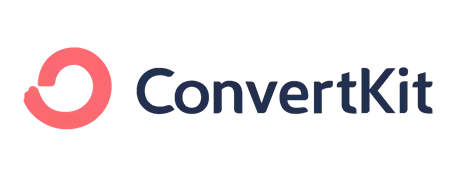I’ve just spent a week travelling around the North Island of New Zealand. First to Taupo to watch Ironman New Zealand which I always enjoy. The best place to hang out during the race is at the Foottraffic Tent. Then I headed to Hawkes Bay to fix a fence at my In-laws place that got flattened by a falling tree during the recent Cyclone Gabrielle. Because many of the usual routes were closed due to damage I had the opportunity to travel through a bunch of small regional towns off the beaten track. I love that sort of thing, a few photos included below.
During the trip I was listening to the audio version of Stephen Covey's book "The 7 Habits of Highly Effective People". The book is great and and I highly recommend it. I’ll write more about the other habits soon but for now the habit I want to drill into is of "Seeking First to Understand, Then to be Understood". It reminded me of the last few articles I've written about effective marketing for endurance coaches, which requires a thoughtful approach to build trust with potential clients before trying to sell them products and services. Before you go about trying to help clients with endurance training you must first understand their challenges, their goals and their emotions.
The habit in the book incorporates the Greek ideas of ethos (credibility and trust), pathos (creating emotional connections), and logos (using logic and reason). In this blog post, I want to dive deeper into the importance of ethos and pathos in marketing for endurance coaches, and how coaches can apply these concepts to build trust and connection with potential clients.
When marketing their services, endurance coaches need to take a holistic approach that includes building credibility and trust (ethos), creating emotional connections (pathos), and only then using logic and reason (logos) to persuade potential clients.
Here are brief definitions of ethos, pathos, and logos from the book:
- Ethos: The use of credibility, authority, and trustworthiness to persuade an audience. Ethos is established by demonstrating expertise, experience, and a reputation for honesty and integrity.
- Pathos: The use of emotions and feelings to connect with an audience and evoke a desired response. Pathos is created by tapping into the audience's values, beliefs, fears, hopes, and desires.
- Logos: The use of logic, reasoning, and evidence to support an argument or point of view. Logos relies on facts, data, statistics, and other forms of objective evidence to make a case.
In the book the author suggests the order should be Ethos, Pathos then Logos. In relation to marketing activities I would be inclined to use Pathos first, then Ethos and finally Logos. Whatever your inclination, Logos should definitely be last. I like the idea of putting Pathos first because it focuses more on the customer than it does on the coach.
1: Creating Pathos
Creating emotional connections with potential clients is component of effective marketing. Endurance training is a deeply personal journey that requires commitment, perseverance, and resilience. Coaches can connect with potential clients by demonstrating empathy and understanding of their challenges, sharing their own personal stories and struggles, and highlighting the emotional benefits of endurance training. By tapping into clients' emotions and values, coaches can create a sense of shared purpose and motivation that can drive long-term success.
2: Establishing Ethos
Establishing ethos is a critical component of effective marketing for endurance coaches. Potential clients want to work with coaches who have the experience, expertise, and values that align with their goals and needs. Coaches can establish their credibility by highlighting their qualifications, showcasing their past successes, and sharing their values and ethics. They can also use testimonials from past clients to demonstrate their effectiveness and build trust with potential clients.
3: Using Logos
And finally by using logic and reason to support their arguments and persuade potential clients is the final piece of the marketing puzzle for endurance coaches. Coaches can use scientific principles, evidence-based training methods, and data-driven insights to demonstrate the effectiveness of their services. By presenting a clear and compelling case for their services, coaches can help potential clients understand the benefits of endurance training and feel confident in their decision to work with a coach.
What Does it Mean for Coaches?
It's important for coaches to remember that they should establish ethos and create pathos before using logos to persuade potential clients. Without first establishing credibility and creating emotional connections, logical arguments may fall flat or even come across as untrustworthy. By taking the time to build rapport and establish a shared sense of purpose with potential clients, coaches can create a foundation of trust and motivation that will make their logical arguments much more persuasive.
Remembering to "Seek First to Understand, Then to be Understood" can help coaches stay grounded in this holistic approach and build a sustainable business that benefits both themselves and their clients.
Take our Free "Authentic" Marketing Course for Coaches
Designed for endurance sport coaches. Marketing doesn't need to be pushy. The best marketing simply creates a win-win relationship between you and your customers. Take the simple 6 part course to learn more.














